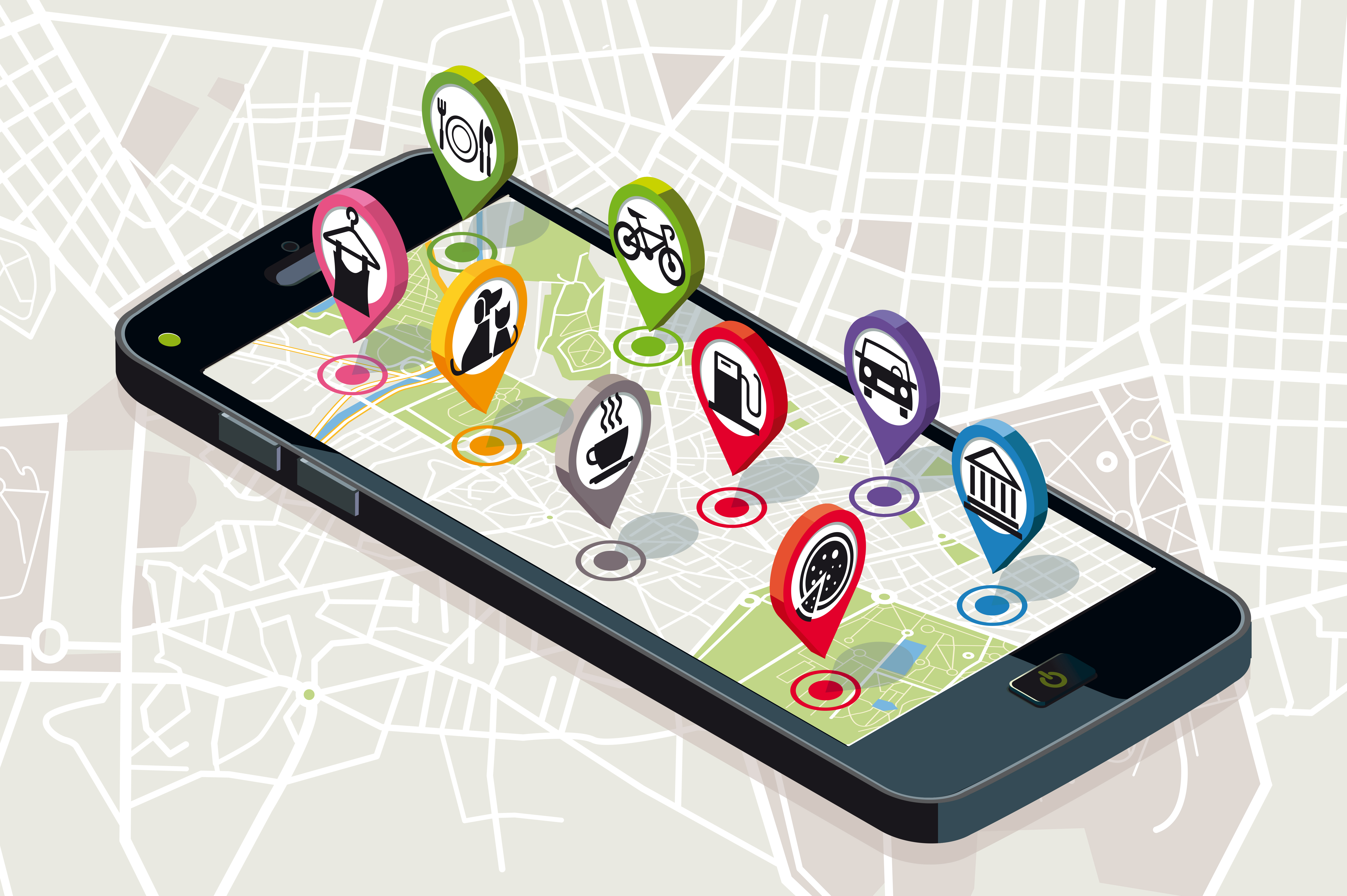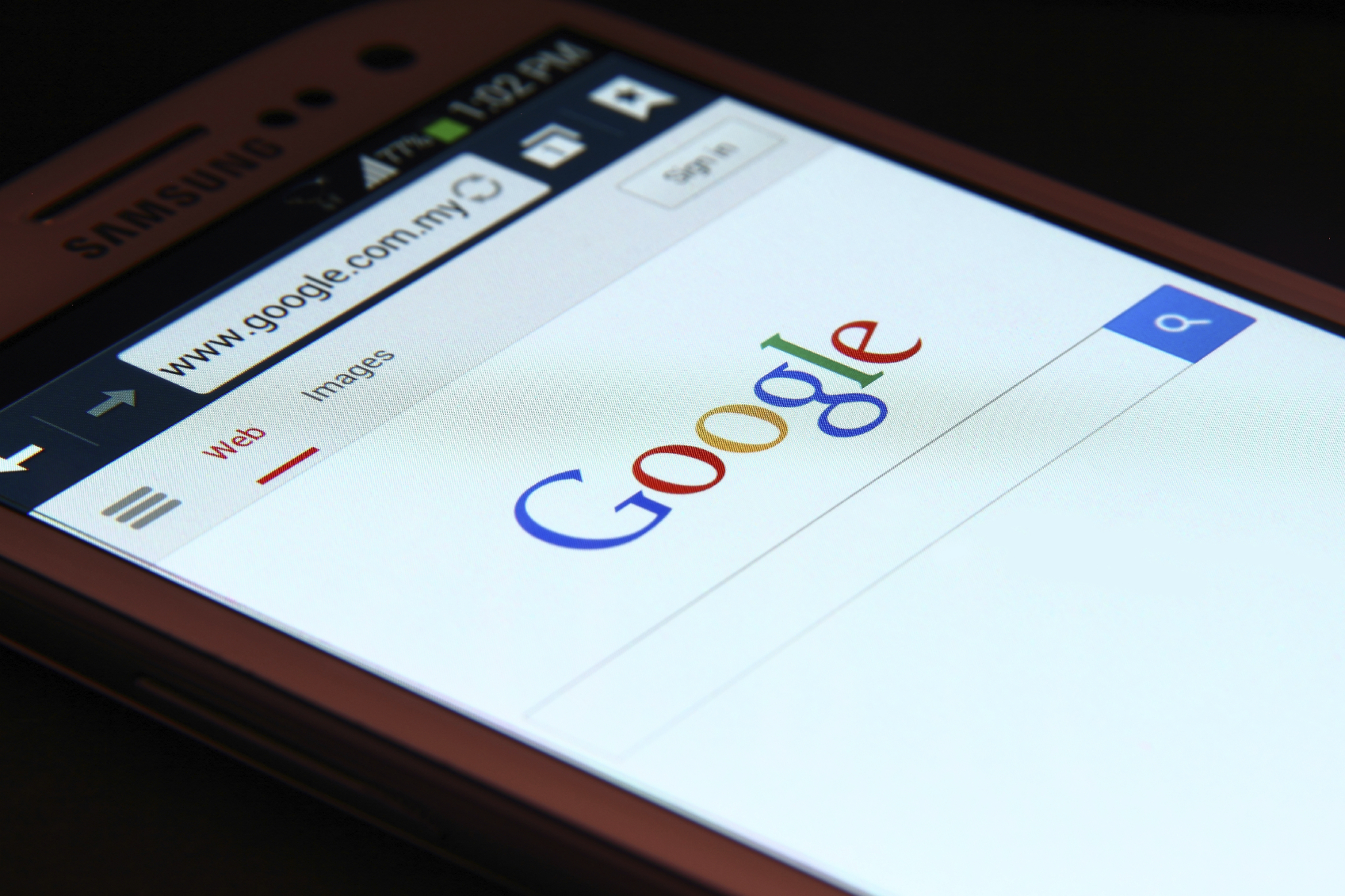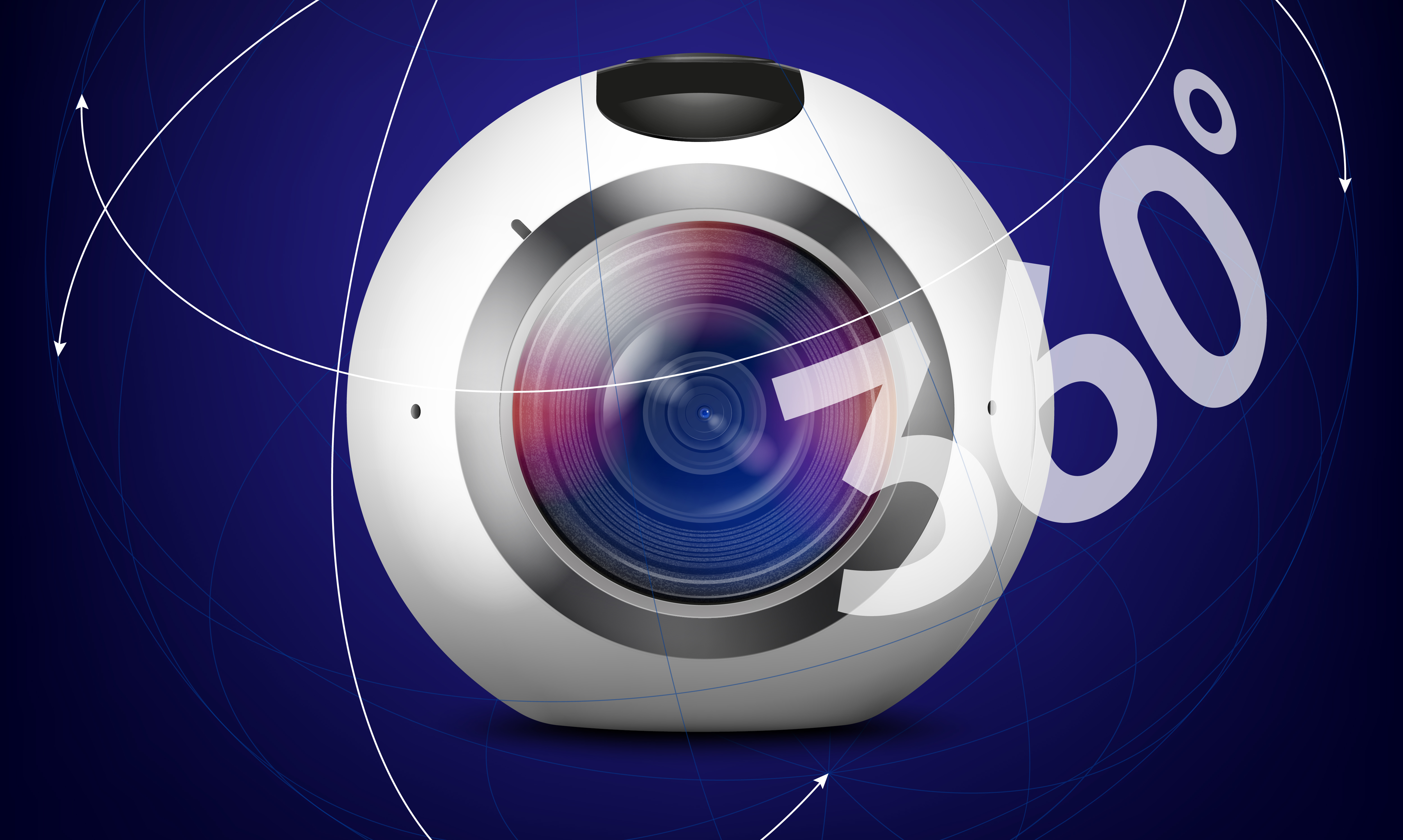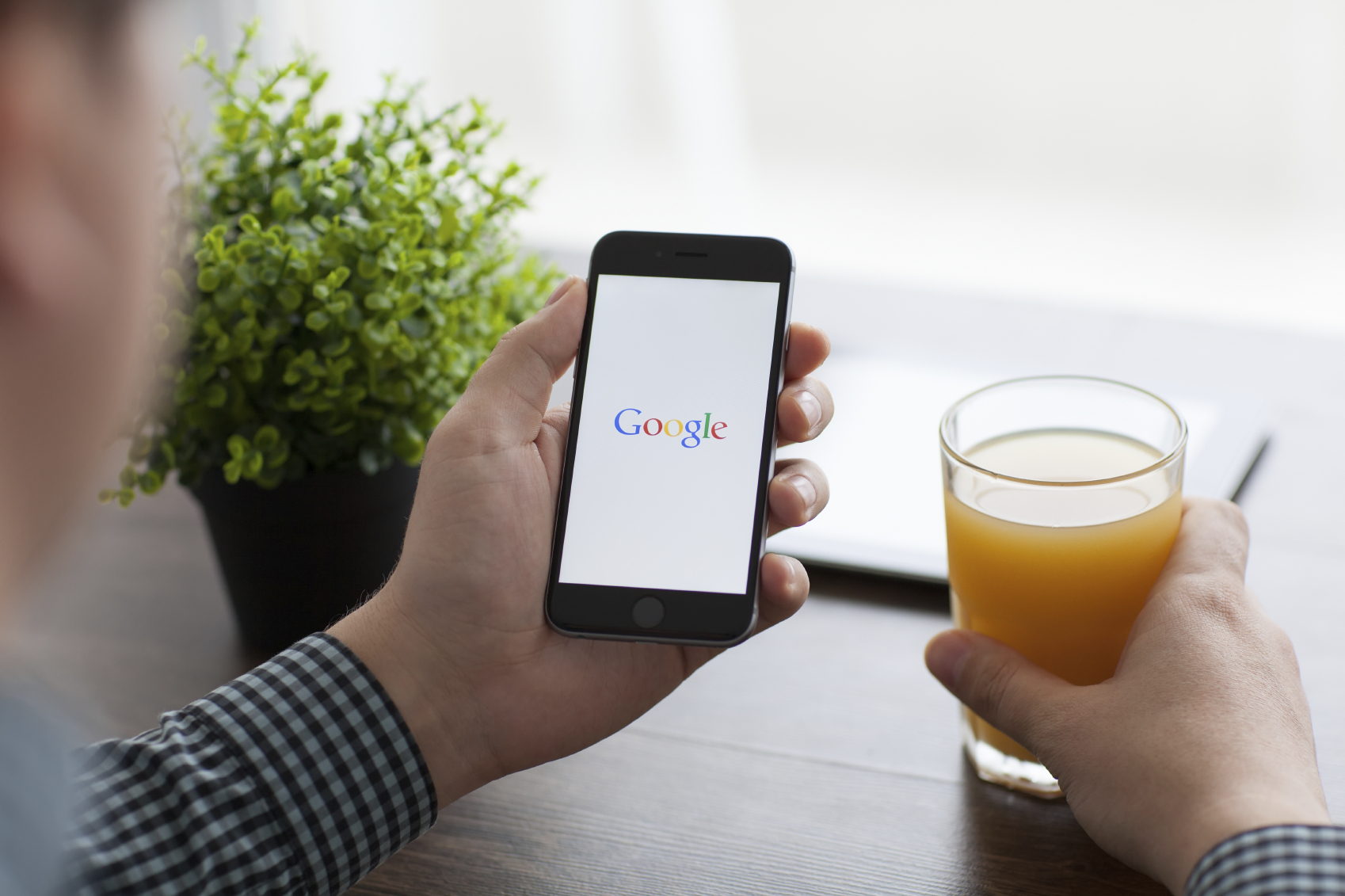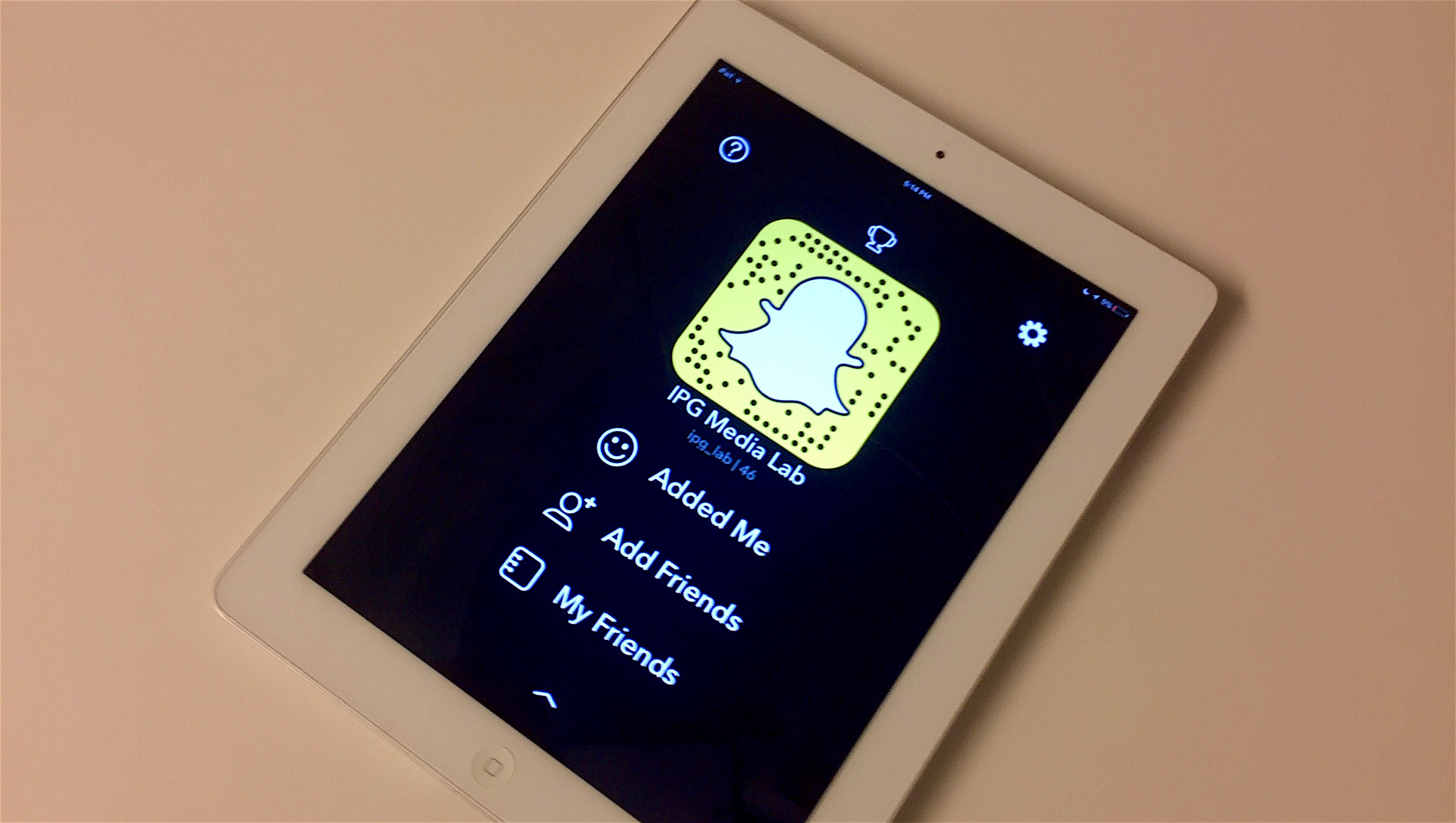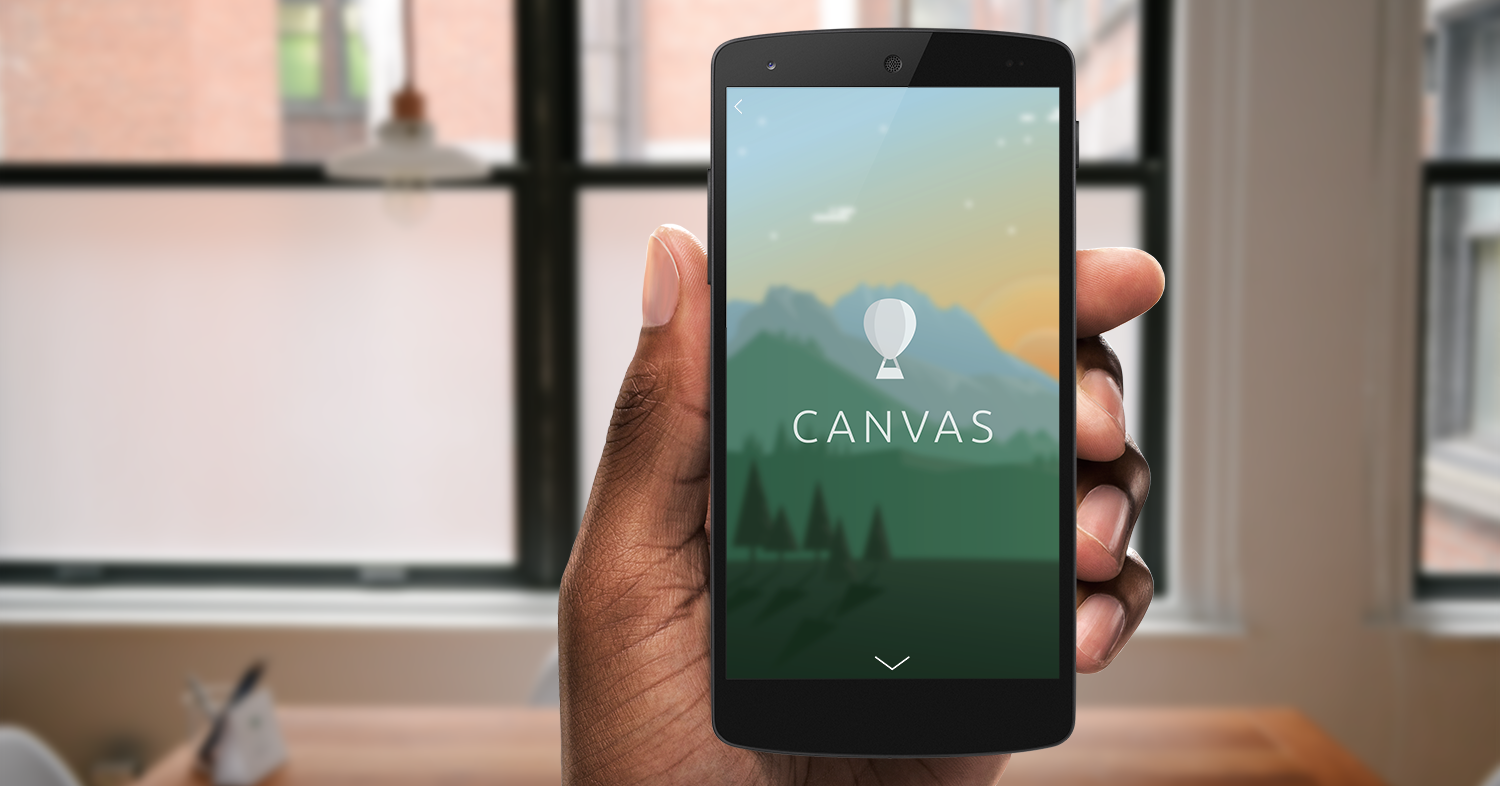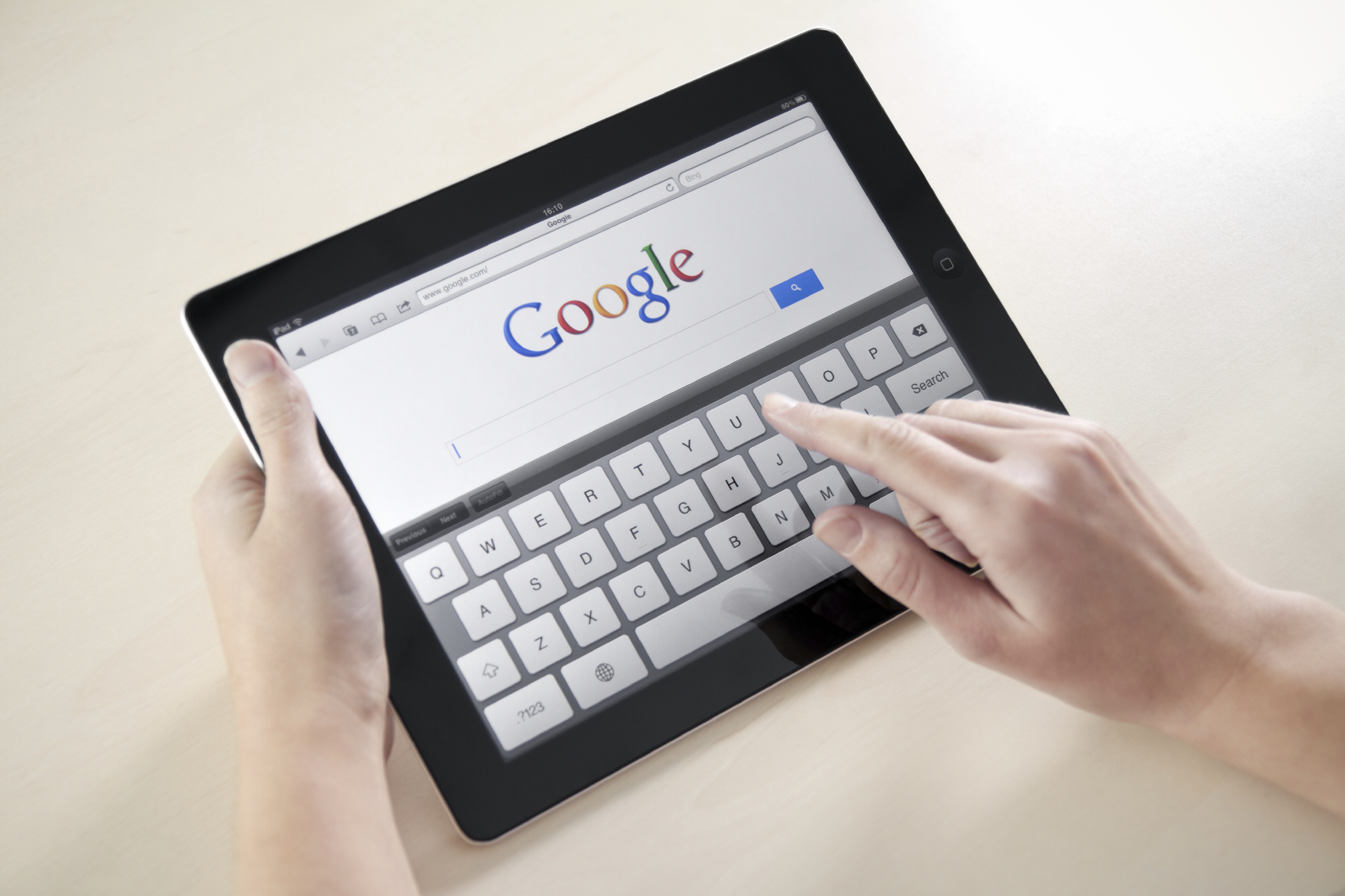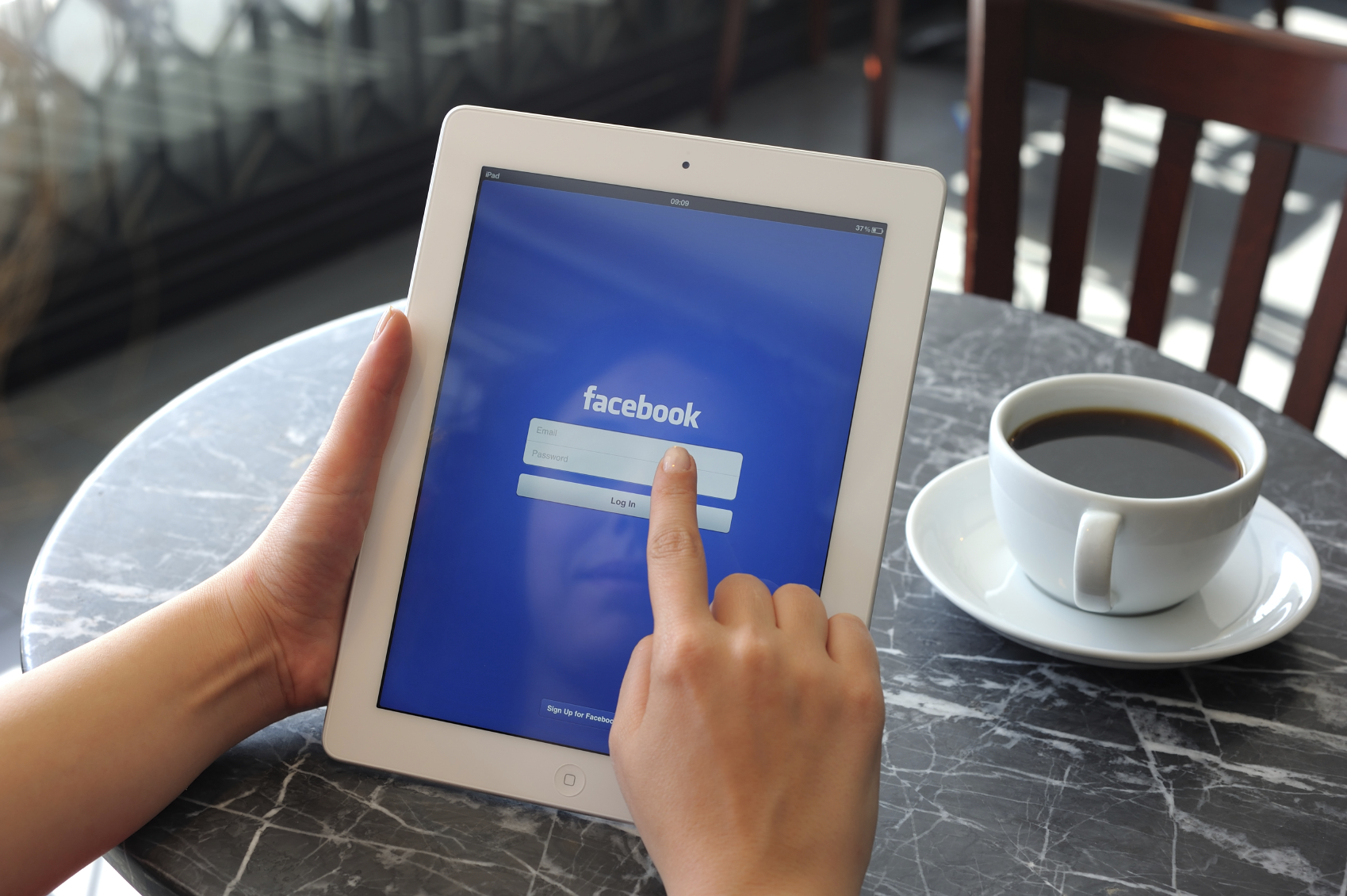What Happened
Stonyfield Farm becomes the latest brand to jump in on the Pokémon bandwagon as it devised a clever location-based ad campaign to reach Pokémon Go players. Working with Aki Technologies, a San Francisco-based mobile ad firm, the yogurt brand is serving up ads that specifically target Pokémon players at over 10,000 U.S. PokéStops, real-world checkpoints where players travel to in order to receive free in-games supplies. The ad copy reads “time to catch a Stonyfield,” and links to a store-locator on Stonyfield’s website. Aki’s ad network serves the ads via popular apps consumers often use while playing Pokémon Go, such as weather and messaging apps.
What Brands Need To Do
This campaign is an interesting workaround for Stonyfield to leverage Pokémon Go’s exploding popularity to reach mobile consumers without actually sponsoring any in-game features. Since its launch, Pokémon Go has scored 75 million downloads worldwide, making it the most successful mobile game ever. The companies behind the game have been cautious toward opening up the game for sponsorship, but when it launched in Japan last week, McDonald’s appeared as the first sponsor for the “gym” locations in the game.
One notable limitation of this campaign, however, is that Stonyfield’s ads are only guaranteed to appear within five minutes of players visiting a PokéStop, whereas in reality people typically stay at PokéStops for less time. Regardless, this campaign is still an innovative case of location-based mobile ad targeting and should serve as inspiration for brands looking to connect with Pokémon Go players.
Source: AdWeek
